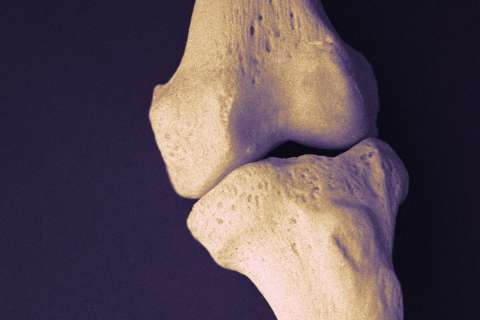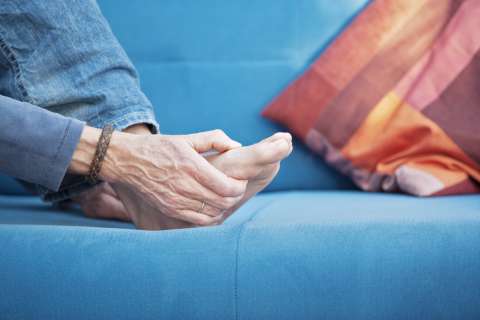Dear Doctor: I have painful bouts of dry eye, and my doctors have kept me bouncing between multiple medications for years with no explanation of why. I think you could help a lot of people by discussing dry eye and the things we can do on our own that will help.
Dear Reader: You’ve described a textbook example of what is known as “reactive care.” That’s when treatment focuses on a specific symptom, injury or disease but doesn’t address how to alleviate a problem before it begins to manifest. This is particularly unfortunate with dry eye, as it’s a condition in which preventive measures -- and the whole-person approach known as “proactive care” -- can be helpful.
Dry eye occurs when someone lacks enough tears to lubricate and nourish the exposed surfaces of the eye. It can be that not enough tears are being produced, or that the existing tears are evaporating too quickly. The latter can arise from environmental factors, or may be due to the chemical composition of the tears themselves. Whatever the cause, the result is discomfort, which feels like a foreign body scratching the surface of the eye. Additional symptoms can include stinging, burning, blurred vision, red eyes and unusual sensitivity to light.
Older age and going through menopause are both risk factors for the condition. Women in general are more prone to developing dry eye. This is due to the hormonal changes that take place during pregnancy, while using oral contraceptives, and during and after menopause. People who wear contact lenses are also at greater risk of developing the syndrome. So are those whose diets are low in vitamin A or omega-3 fatty acids, both of which play an important role in eye health.
Post-menopausal women with dry eye syndrome must also consider the possibility of an autoimmune disorder known as Sjogren’s syndrome. The two most common symptoms of Sjogren’s syndrome are dry eyes and a dry mouth. This can be confirmed with a specific blood test, which checks for the presence of certain antibodies that someone with Sjogren’s syndrome would produce.

Meanwhile, there are lifestyle changes that can help individuals with dry eye to become more comfortable. These include the use of preservative-free lubricating drops during the day and more intensive lubricating ointments at night. Skipping eye makeup can eliminate potential irritants, as can putting away the blow dryer. Wearing wraparound sunglasses outdoors creates a protective barrier. A warm, moist compress can help the glands in your eyelids that secrete part of your tears from becoming blocked. And it sounds obvious, but remember to blink when engaged in eye-intensive tasks, like reading or using screens. That distributes moisture across the eye.
When it comes to medications, we prescribe topical steroids for inflammation and topical antibiotics for bacterial eye infections. To be prescribed a combination steroid-antibiotic eyedrop without a diagnosis, as you were, is confusing at best. We urge you to get a comprehensive dilated eye exam so you and your doctor can understand exactly what is going on.
(Send your questions to [email protected], or write: Ask the Doctors, c/o UCLA Health Sciences Media Relations, 10960 Wilshire Blvd., Suite 1955, Los Angeles, CA 90025. Owing to the volume of mail, personal replies cannot be provided.)





